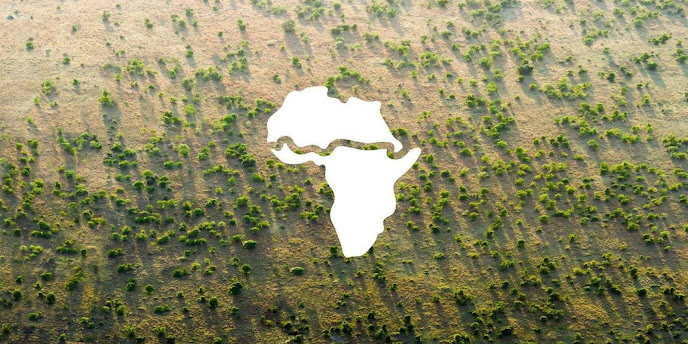Regreening the Sahel

In my previous blogs, I talked about how environmental changes affect the Sahel's rainfall variability and future projections and uncertainties. Over the past decades, the Sahelian people have also made many efforts to combat the challenges due to environmental changes. My last blog will be introducing some of the mitigations and adaptations that the Sahel has been doing. In order to fight drought and restore land fertility, in 2007, 11 countries in the Sahel - Senegal, Mauritania, Mali, Burkina Faso, Niger, Nigeria, Chad, Sudan, Djibouti, Eritrea, and Ethiopia - launched the Great Green Wall (GGW) initiative together. This project aims to build a 15 km wide and 8000 km long belt of plants stretching across the Sahel ( Schleeter, 2013 ). Significant progress has been made since its launch. By 2020, the total intervention area of the GGW initiative expanded to 156 million hectares ( UNCCD ). In the meantime, millions of jobs have also been created and contributed to economic d...




